Email marketing is a powerful tool that can help you make more sales. It lets you connect with customers directly in their inboxes. With the right strategy, you can turn email subscribers into loyal buyers. Email marketing doesn’t need to be complicated to be effective.
One of the main benefits of email marketing is the ability to reach a targeted audience. Unlike social media posts that might be missed, emails go straight to the people interested in your products. This direct contact means you can share special offers, new products, and important updates more effectively.
Another advantage of email marketing is that it allows for personalized communication. You can use data about your subscribers to send them content tailored to their interests and needs. This makes the emails more engaging and increases the chances of making a sale.
Moreover, email marketing is cost-effective. Other forms of advertising can be expensive, but email marketing lets you reach a lot of people for a lower cost. This makes it an excellent choice for businesses looking to boost their sales without breaking the bank.
By understanding how email marketing works and how to use it effectively, you can drive more sales and grow your business. Up next, we will discuss different strategies that make email marketing successful.
Building a Quality Email List
Building a quality email list is the foundation of successful email marketing. Start by offering something valuable in exchange for email addresses. This could be a discount, an e-book, or access to exclusive content. Make sure the offer is appealing to your target audience. Place sign-up forms on high-traffic areas of your website, like the homepage or blog posts.
Use social media to promote your email sign-up. Share the benefits of joining your list and what subscribers can expect to receive. Consider running a contest or giveaway where entering requires an email address. This can quickly grow your list with interested users.
Always make sure you’re compliant with privacy laws. These include getting consent before adding someone to your list and providing an easy way to unsubscribe. A double opt-in process, where users confirm their email address, helps ensure your list is full of genuine subscribers. By focusing on quality over quantity, you’ll build a highly engaged audience that’s more likely to convert into paying customers.
Crafting Engaging Email Content
Creating engaging email content is key to keeping your subscribers interested. Start with a catchy subject line. This is the first thing people see, and it can make them decide whether to open the email or not. Keep it short, intriguing, and relevant to the content inside.
Next, focus on the email body. Use clear and simple language to convey your message. Break up text with images, headings, and bullet points to make it easy to read. Include a strong call-to-action (CTA) that tells readers what you want them to do next, like visiting your website or making a purchase.
Personal stories, customer testimonials, and product highlights make your emails more relatable and interesting. Don’t forget to keep your emails visually appealing. Clean design and good use of colors can make a big difference. Test different types of content to see what your audience responds to best. Crafting content that resonates with your subscribers keeps them engaged and drives more sales.
Personalization and Segmentation Strategies
Personalization and segmentation are vital for making your emails more effective. Personalization means tailoring your emails to each subscriber. Start with basics like using their name in the subject line or greeting. This small touch can make your emails feel more personal and engaging.
Segmentation involves dividing your email list into smaller groups based on certain criteria. You can segment your list by factors like age, location, buying behavior, or past interactions with your emails. For example, if you have a group of customers who frequently purchase from you, send them exclusive offers to encourage repeat business.
Send targeted content to each segment. If you run an online store, promote winter clothing to subscribers living in colder regions and summer clothing to those in warmer areas. Tailor your messages to fit the interests and needs of each group. This makes your emails more relevant, increases engagement, and can lead to higher sales.
Tracking and Analyzing Your Email Campaigns
Tracking and analyzing your email campaigns is important to understand what works and what doesn’t. Start by looking at key metrics like open rates, click-through rates, and conversion rates. These tell you how many people are opening your emails, clicking on links, and making purchases.
A/B testing is a useful method to see what your audience prefers. Try sending two versions of an email with different subject lines, images, or CTAs. Check which version performs better and use this information to improve future emails.
Pay attention to unsubscribe rates too. High unsubscribe rates can indicate that your content isn’t resonating with your audience. Use feedback from these metrics to tweak your strategy and provide more value to your subscribers. Regularly analyzing your email performance helps you refine your approach and maximize your results.
Conclusion
Email marketing is a powerful way to boost your sales. By building a quality email list, crafting engaging content, personalizing your messages, and tracking your campaigns, you can create effective emails that drive results. These strategies help you connect with your audience, keep them interested, and turn them into loyal customers.
If you need expert help with your email marketing, Everzocial is here to assist you. Our team specializes in digital marketing services and can create personalized strategies to help you succeed. Contact Everzocial today to learn how we can boost your sales and grow your business.

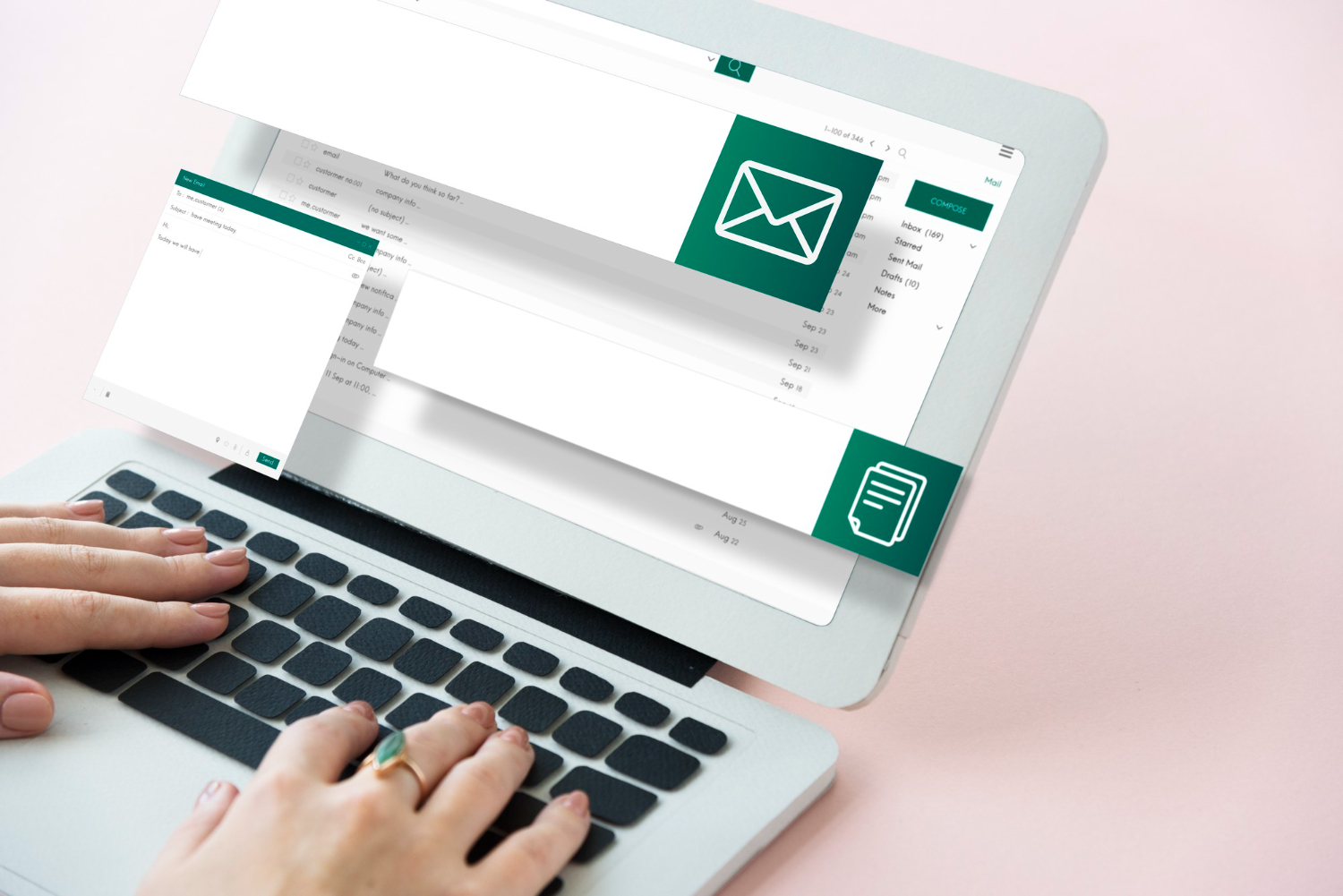

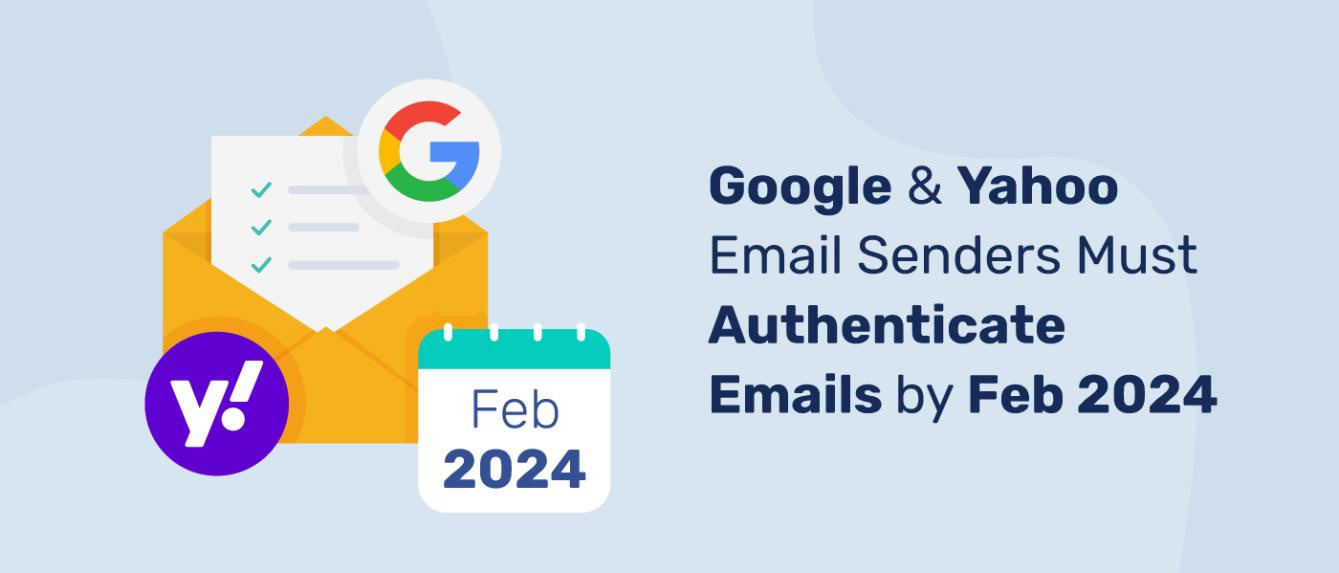
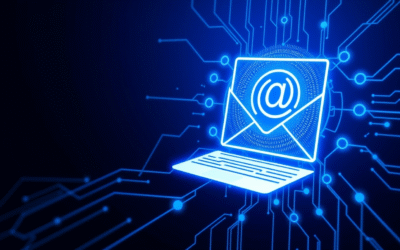
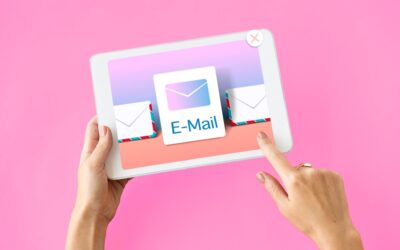
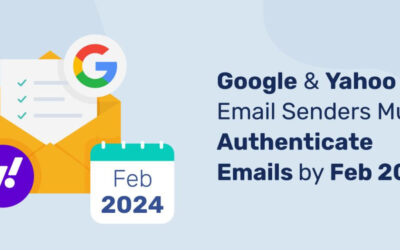
0 Comments